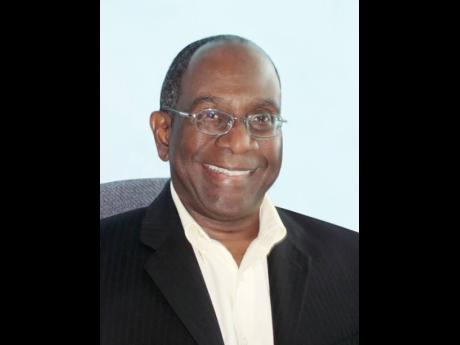Twelve known historical facts concerning the Resurrection event
(Gary Habermas, The Historical Jesus: Ancient Evidence For the Life of Christ, College Press, 1996)
1. Jesus died by crucifixion (Matthew 27.50; Mark15.37, 44-45; Luke 23.46; John.19.30, 33-34) Josephus ( Antiquities 8.3 written between AD 90 and 95. After AD 70, he became court historian for Emperor Vespasian) “ Pilate condemned him to be crucified and to die ...”Tacitus ( Annals 15.44 written c. AD 115). “.. . Christus ... suffered the extreme penalty during the reign of Tiberius at the hands of Pontius Pilate …),Talmud ( Sanhedrin 43a) “ On the eve of the Passover, Yeshu was hanged ...” [put up on a cross] cf. Luke 23.39; Galatians 3.13.
2. Jesus was buried (Matthew 27.59-60; Mark 15.43,46; Luke 23.52-53; John 19.40-42)
3. Jesus’ death caused his disciples to despair and lose hope, believing that his life was ended (Matthew. 28.17; Mark. 16.11;Luke. 24.11, 21)
4. The tomb was discovered to be empty just a few days later (Matthew 28.6-7; Mark 16.5-6; Luke 24.3,12; John 20.6), Nazareth Decree (Discovered in 1878 at Nazareth, written in Greek believed to be issued by Emperor Claudius. “It is my pleasure that graves and tombs remain perpetually undisturbed... . If, however, anyone charges that another has either demolished them, or has in any other way extracted the buried ... or has displaced the sealing on other stones... . In case of violation I desire that the offender be sentenced to capital punishment ... .”
5. The disciples had experiences which they believed were literal appearances of the risen Jesus (Matthew 28.9-10, 16-18; Mark 16.9, 13-14; Luke 24.30-31; John 20.14, 16, 19-20, 25, 27; 21.1, 14; Acts 1.3, 9-10; 1 Corinthians 9.1; 15. 3-8/Acts 9.1-9; 22.5-11; 26.12-18)
6. Because of these appearances, the once-doubting disciples became bold proclaimers of Jesus’ death and resurrection (Acts 1.22; 2.22-24, 32; 3.15; 4.2, 10, 13; 17.18, 31, etc.)
7. This resurrection message was the centre of preaching in the early church (Acts 1.22; 2.22-24, 32; 3.15; 4.2, 10, 13; 17.18, 31, etc.)
8. This resurrection message was especially proclaimed in Jerusalem, where Jesus died and was buried shortly before (Acts 1-8), Tacitus ( Annals 15.44) “.. . a most mischievous superstition, thus checked for the moment, again broke out not only in Judaea ... but even in Rome ...”, Suetonius (Nero, 16) “ After the great fire at Rome ... Punishments were also inflicted on the Christians, a sect professing a new and mischievous religious belief.”
9. As a result of the resurrection message, the Church was born and grew in Jerusalem (Acts 2.5, 41, 47; 8.1, etc.)
10. Sunday became the primary day of worship for the growing church (Sunday being ‘resurrection day’ and the day on which Jesus made some post-mortem appearances, and as well the day on which the Church was born, John 20. 26; Leviticus 23.15-16/Acts 2.1ff; 20.6-7; 1 Corinthians 16.1-2), Pliny the Younger, governor of Bithynia in Asia Minor (modern Turkey). (in his Letters 10.96 written c. 107) “ the Christians were in the habit of meeting on a certain fixed day before it was light, when they sang ... a hymn to Christ, as to a god ... .”
11. James (Jesus’ brother), who had been a sceptic, was converted to the faith when he also believed he saw the resurrected Jesus (Mark 3.31-35; John 7.5; 1 Corinthians 15.7).
12. A few years later, the Christian-persecuting Saul was converted by an experience which he believed to be an appearance of the resurrected Jesus (Acts 9.3-6; 22.6-10; 26.12-18; 1 Corinthians 15.8).
Any theory which seeks to counter or compete with the Resurrection must deal with and fit these 12 facts.
- Rev Clinton Chisholm is a retired Jamaica Baptist Union pastor, holds an MA in biblical languages from Sheffield University in England, and was a teaching assistant in Hebrew in the university’s Biblical Studies Department.


